- Home
-
Product

Product Center
Providing suitable models for different fields has been our consistent policy. Therefore, if you need a detailed introduction of the model in your industry, please consult our company's business personnel.
Wastewater treatment equipmentLow temperature vacuum distillation system
Oil purification equipment - Case
- Process
- News
- About
- Contact



 Get a quate
Get a quate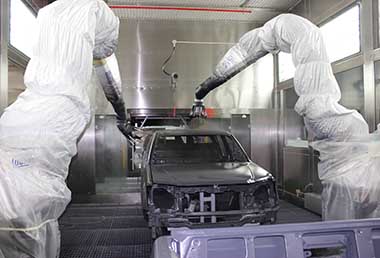
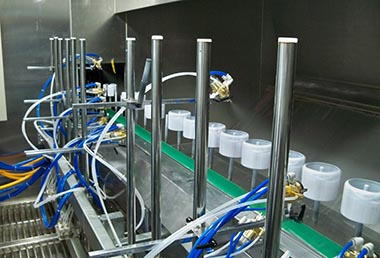
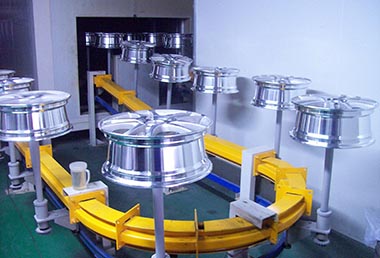

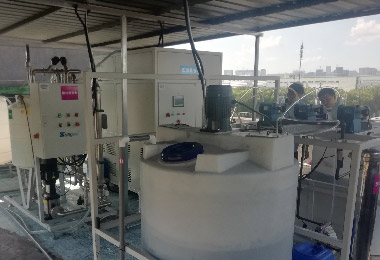
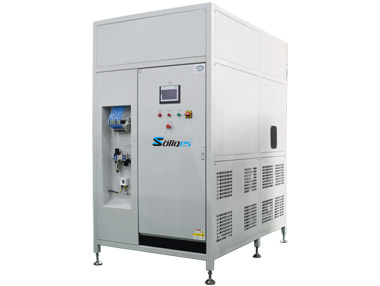
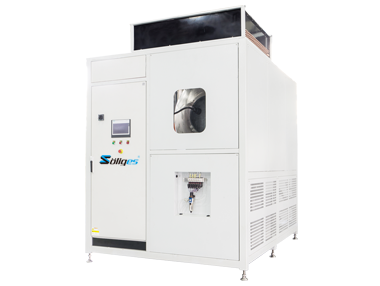
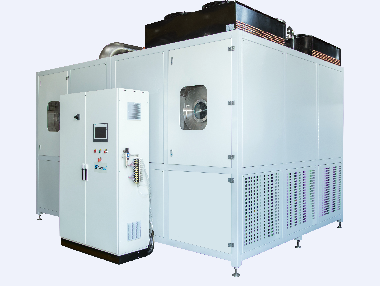
 Online consultation
Online consultation